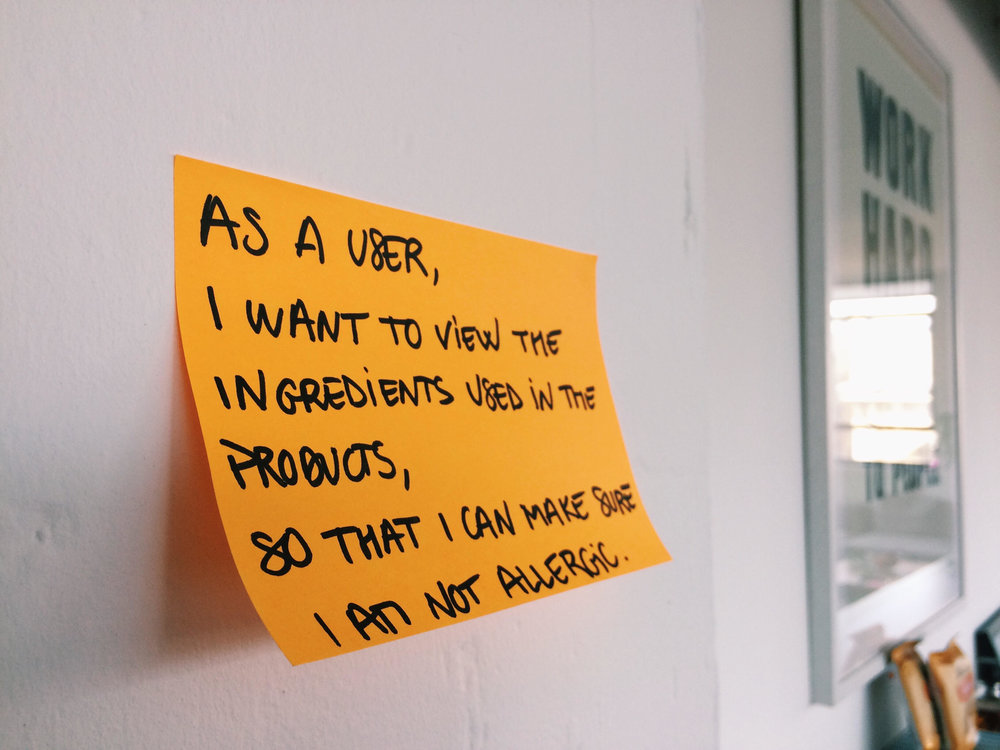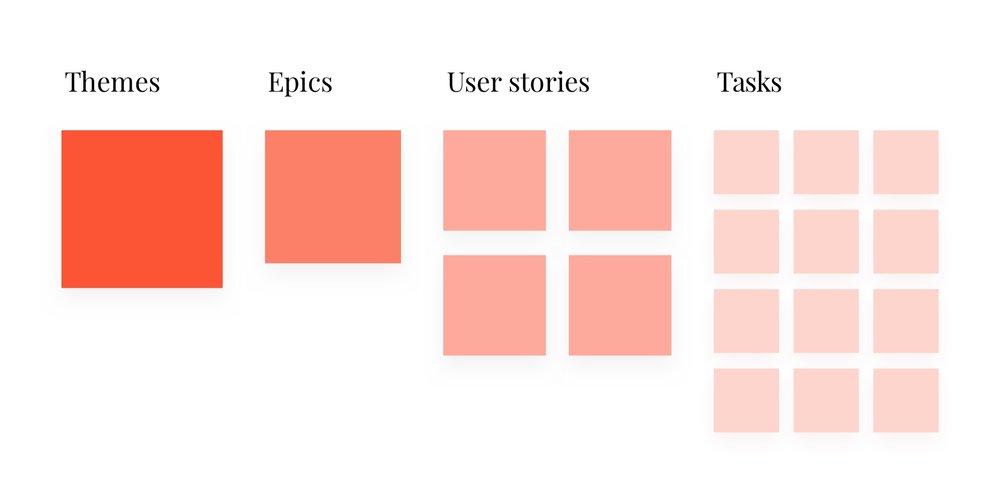The What, Why and How of User Stories
At Maido, we utilise user stories to ensure that we are putting user requirements at the heart of our process. They help us to prioritise decisions and blend business goals with user needs. However getting user stories right can be a challenge for those who are unfamiliar with the process. Here’s how we get the most value from them.

What are users stories?
A user story is a brief statement of intent that describes something that a system needs to do for a user
The word ‘story’ might make you think that they need to be long and descriptive but the best user stories are as succinct and unambiguous as possible. Using the syntax above promotes conversations within your business that put your users at the heart of your process. It provides the user’s point of view on what is required and keeps you focused on solving the most important problems first.
To ensure that user stories are recognisable and easily identifiable, they should follow a standard formula. This formula requires personas, which are essentially descriptions of the people who will interact with the project.

Why are they important?
User stories help us to deliver projects that our clients’ customers really need, rather than just something we assume they might want. You might think that your business already does this but, if you’re not talking to your customers and designing around these insights, there’s a good chance it doesn’t.
When you start using user stories as part of your customer experience design toolkit, you’ll see how powerful they are in helping teams and stakeholders to align around a clear goal. You’ll discover a shared sense of your audiences and their needs, which can build into a passion you don’t want to lose sight of.
As design and delivery projects progress, you’ll also realise how important user stories are for helping your team to focus their efforts on delivering features that meet real requirements rather than falling back on assumptions. They can also help you to prioritise budgets by developing products and features based on their relative importance to your users.
How should you use them?
Firstly, develop personas to highlight different user needs. At their simplest, personas can be top level user types. However, performing customer research to understand your user types’ differing needs will allow you to develop richer personas.
A simple user story that includes a persona might look something like this:
When you have a number of user stories, those that seem to share characteristics can be grouped into Epics. Related Epics can then be grouped into Themes. Grouping is important for organising and prioritising your work under the big picture of an overarching project.
If you’re unfamiliar with writing user stories, you might be more accustomed to outlining tasks. Tasks are actionable pieces of work–such as coding a single feature–that make up the user story but add up to little on their own. The user story provides the rationale for a task and the reason ‘why’ it is necessary.

Remember that tasks and user stories must have acceptance criteria that they relate to as well. This is an area that is often missed but is crucial because it ensures your team has a shared understanding of exactly what needs to be done. After all, if you haven’t defined acceptance criteria before you start, how can you ever know when something is complete?
Finally, as Bill Wake suggested in his INVEST framework for great Agile projects, always remember that your user stories should be Independent, Negotiable, Valuable, Estimable, Small and Testable. While writing a few short sentences as user stories might seem easy, it’s important to spend some time getting the flow and the length of these statements right. If you do, your team will start with a good understanding of what’s required and why, which will result in the rest of the project writing itself.
User stories help businesses to embrace change by providing a clear customer focus that also results in internal alignment. To find out how we could help your business, or to learn more about how we work, get in touch.